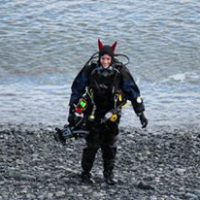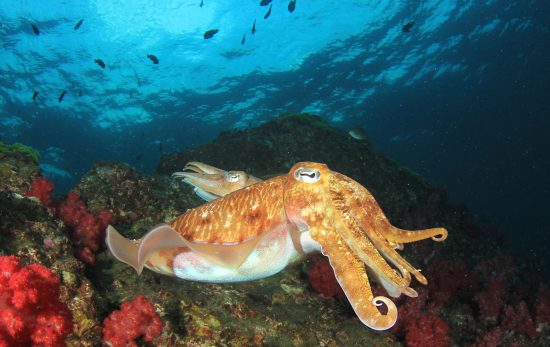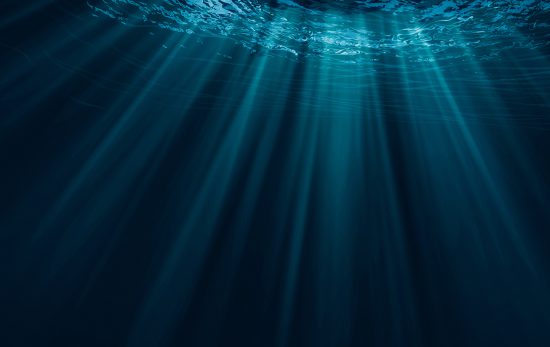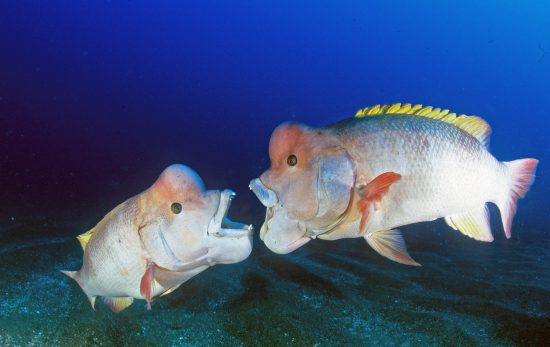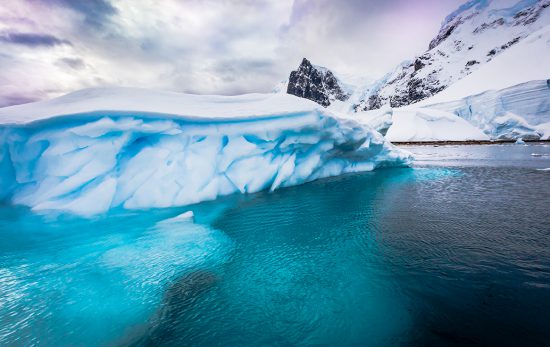Winter doesn’t mean you have to stop diving. Follow our tips to help you get the most out of your cold water diving experiences.
Expanding your diving into lower temperatures will reward you with new destinations, marine life, and thrills. But getting too cold can ruin a dive, or worse, lead to hypothermia, so plan in advance with these tips to help you stay as warm and safe as possible.
Location, location
If you’ve never dived in colder water, don’t jump straight from the tropics to ice diving. Pick a destination where you can gently acclimatise to the bulkier gear and conditions.
The right insulation
Between 10-17°C (50-65°F) a wetsuit or semi-dry wetsuit is usually suitable, but make sure it fits properly; it should stop water flushing through, but not so tight it restricts circulation. Neoprene wears over time, so replace older suits to get the best protection.
If you’re diving below 10°C (50°F) or particularly feel the cold, a dry suit may be best. It needs extra training, but staying dry and the cosy undersuit is more than worth it. It also needs to be well-fitted and maintained, otherwise loose seals or leaks will leave you wet and colder.
Find out more about the PADI Dry Suit Diver Specialty.
Accessorise
Investing in a hood, gloves, and boots is a simple way to reduce heat loss from your head and extremities, while dry suit divers with a bit of cash to splash could opt for the added luxury of a battery-operated heated undersuit.
Get warm before you dive
Temperate and cold water dive sites are often accompanied by cooler weather. Feeling frozen before you’ve hit the water is a bad start, so make it a priority to keep yourself as warm as possible before dives and during surface intervals:
- Keep out of the elements as long as possible, even if you don’t feel cold
- Wear thermal protection (windproof jacket, hat, gloves)
- Remove wet gear in between dives, especially wetsuits
- Fuel your body with an energy-boosting meal and hot drinks
- Pack a few pocket hand warmers
- Pour warm water into wetsuits to pre-heat them before dives
Plan your dives
You’ll want to add temperature to your planning checklist. Stay shallower, as you’ll feel colder the deeper you go (neoprene compresses with depth, giving less insulation). Don’t be mislead by surface temperature, as thermoclines can create sudden and noticeable drops at different depths.
The longer you spend underwater, the more heat you’ll lose, and so colder water dives are usually shorter than those in warmer water. Plan to stay within your NDLs — long, motionless decompression stops are especially unpleasant in lower temperatures.
Most importantly, don’t be afraid to surface early if you’re feeling chilly!
Contact your local PADI Dive Shop for more advice on gear, courses and booking trips.
Visit PADI Travel today to start exploring temperate and cold water diving destinations.
